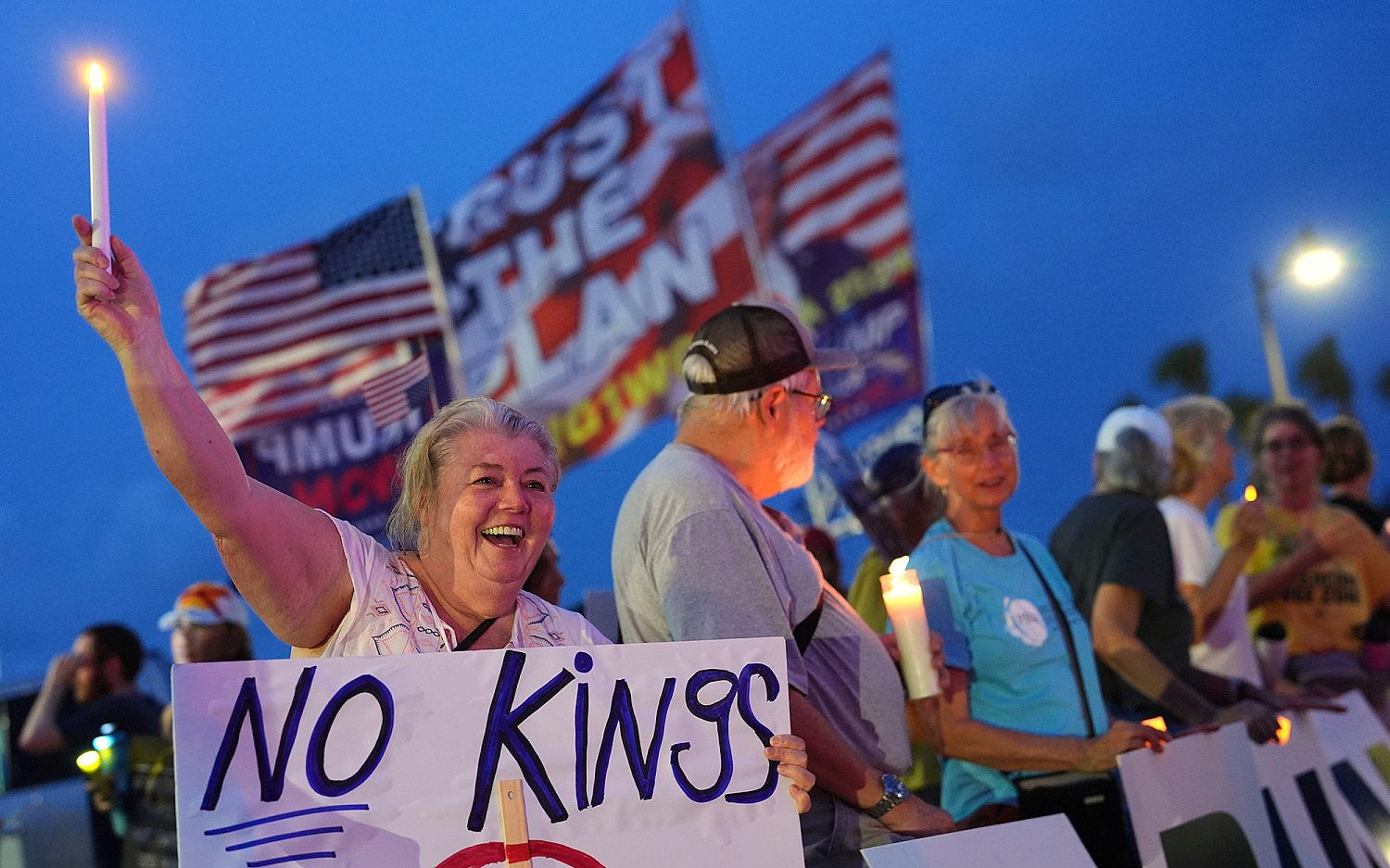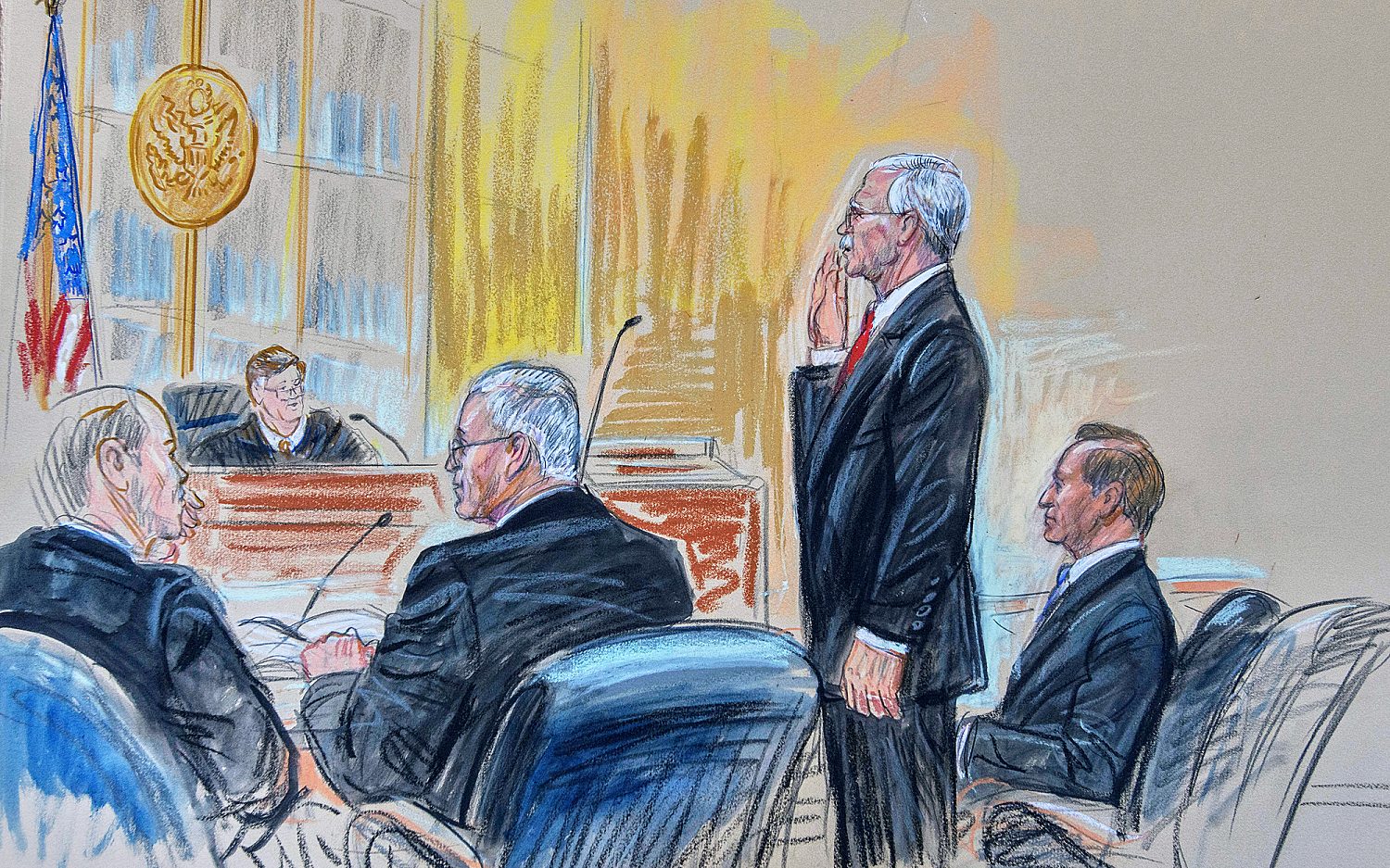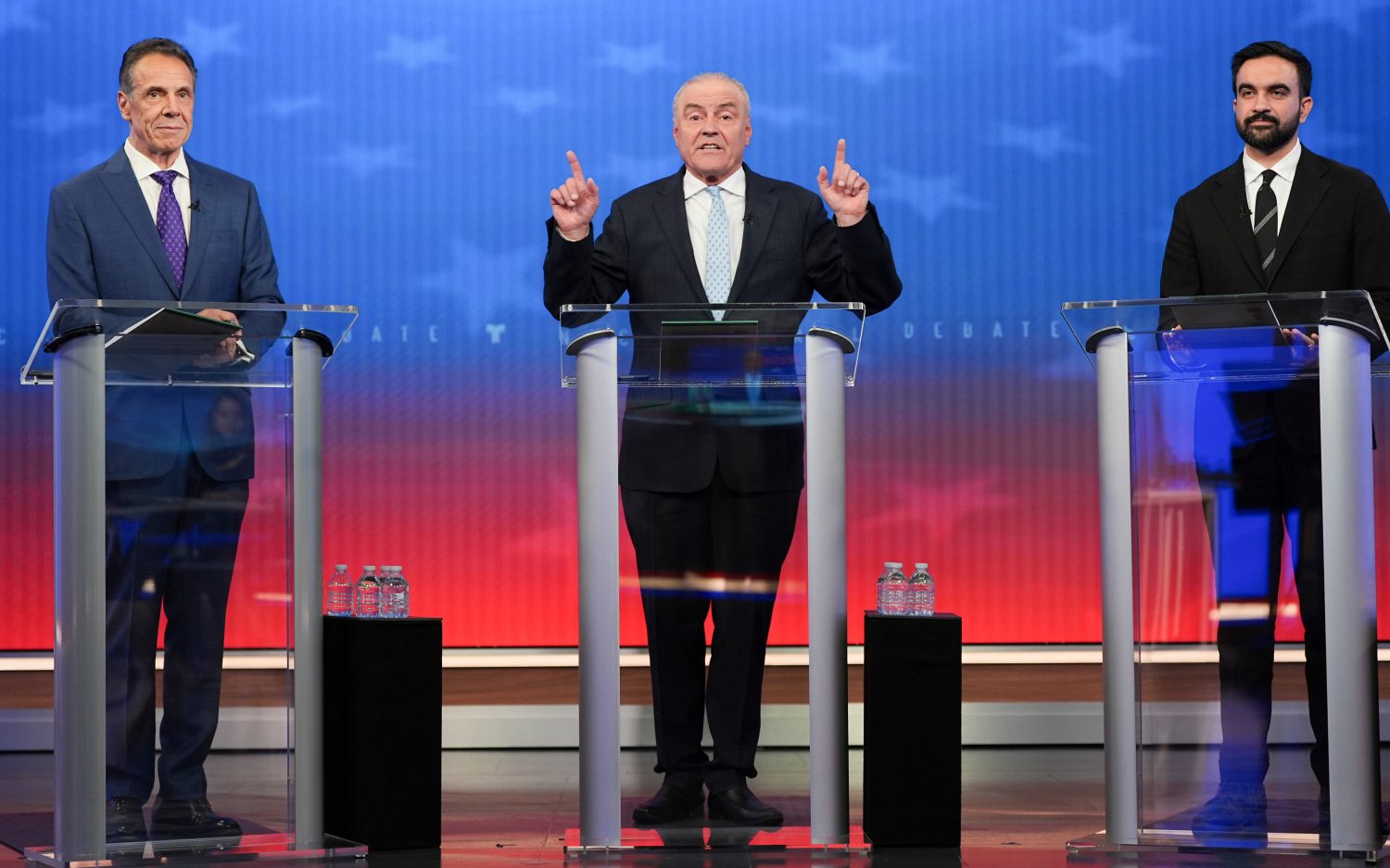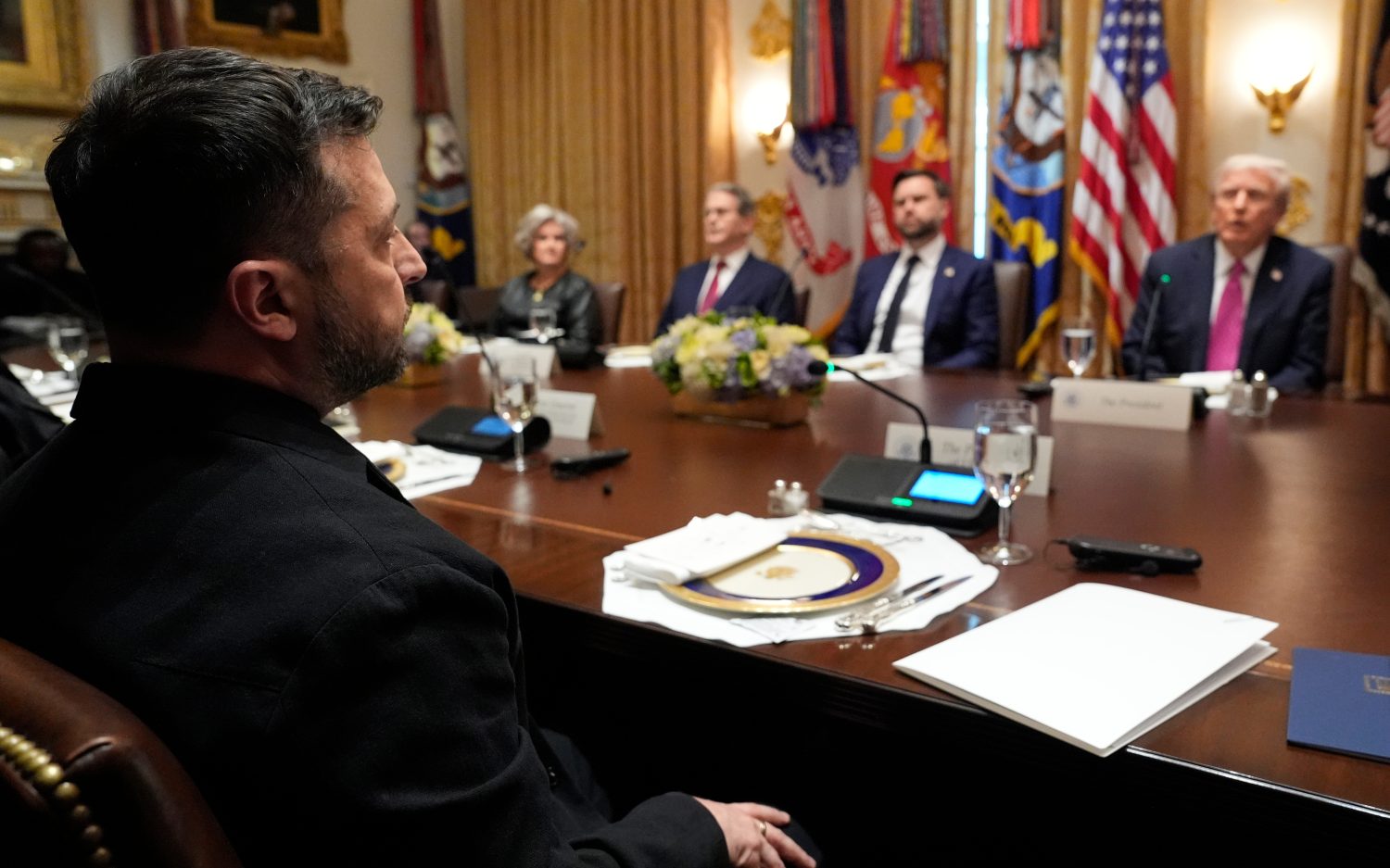Bridging the police-public divide
As demonstrations continue this week across the nation in the death of two African-American men at the hands of police, much is riding on measurable change in the relationship between law enforcement and the communities they protect. On Wednesday, a grand jury decided not to indict officer Daniel Pantaleo in the chokehold death of 43-year-old Eric Garner in Staten Island, N.Y.
Garner’s death differs from that of Michael Brown, the 18-year-old shot by Ferguson, Mo., officer Darren Wilson, because an onlooker captured it with a cellphone video camera. Police suspected Garner of selling unpackaged, untaxed cigarettes. The video appeared to show Garner resisting arrest. Then it showed officer Daniel Pantaleo jumping him from behind, appearing to place him in a chokehold, and then wrestling him to the ground. On the video you can hear Garner’s desperate, muffled cries: “I can’t breathe.” Staten Island District Attorney Daniel Donovan said the grand jury found “no reasonable cause” to bring any of the range of charges, from murder down to reckless endangerment.
“I think if we have a state that can do that without accountability, then we have a state that can do anything,” said Russell Moore, president of the Ethics and Religious Liberty Commission of the Southern Baptist Convention. Moore told me the issue of police-community relations should unite the political right and left.
“We need to start recognizing there is a problem here, and this ought to be something that conservatives and liberals ought to be able to both be concerned about. Because conservatives are concerned about virtue and character and justice and rule of law. And conservatives are concerned about an overreaching government that is too big,” Moore said.
On Monday at the White House, President Barack Obama met with community activists and police officials to discuss ways to improve accountability and rebuild trust in the wake of cases like these. The president announced new federal oversight of, among other things, military gear donated to local police forces. He appointed a task force to report back to him in 90 days.
The president did not say he would scale back the federal program that gives military equipment to law enforcement. He said only that new guidelines were needed. Five different agencies donate equipment to local police departments, but no coordination exists among them. Obama will use an executive order to make standards unified among the agencies.
Community organizers presented their ideas to stem police brutality across the country. One idea is to establish community review boards to make recommendations for local police forces.
Another idea: Demilitarize local forces. About 460,000 pieces of militarized equipment are strewn across the nation’s police forces, including mine-resistant vehicles and bayonets.
“It’s better to give them cameras than to give them mine-resistant, ambush-protected vehicles or grenade launchers or other things that have no use in any sort of domestic law enforcement situation, short of a Jerry Bruckheimer movie,” said Trevor Burrus of the Cato Institute, a Libertarian think tank.
The president is seeking $75 million to buy cameras for police to wear. Video evidence might make officers think twice about escalating a conflict, and it might help clear up ambiguities about conflicting grand jury testimony.
Burrus said ideal policing should secure people’s rights and keep the peace in a friendly manner. He described “Officer Friendly,” the ideal officer who knows people in the neighborhood and responds with an appropriate level of force. “That kind of situation is what we need in police. Not when an officer sees a 13-year-old kid smoking marijuana and decides to call in the SWAT team and throw him to the ground,” Burrus said.
Listen to Nick Eicher and Mary Reichard discuss the latest developments in the Eric Garner case on The World and Everything in It:
An actual newsletter worth subscribing to instead of just a collection of links. —Adam
Sign up to receive The Sift email newsletter each weekday morning for the latest headlines from WORLD’s breaking news team.






Please wait while we load the latest comments...
Comments
Please register, subscribe, or log in to comment on this article.